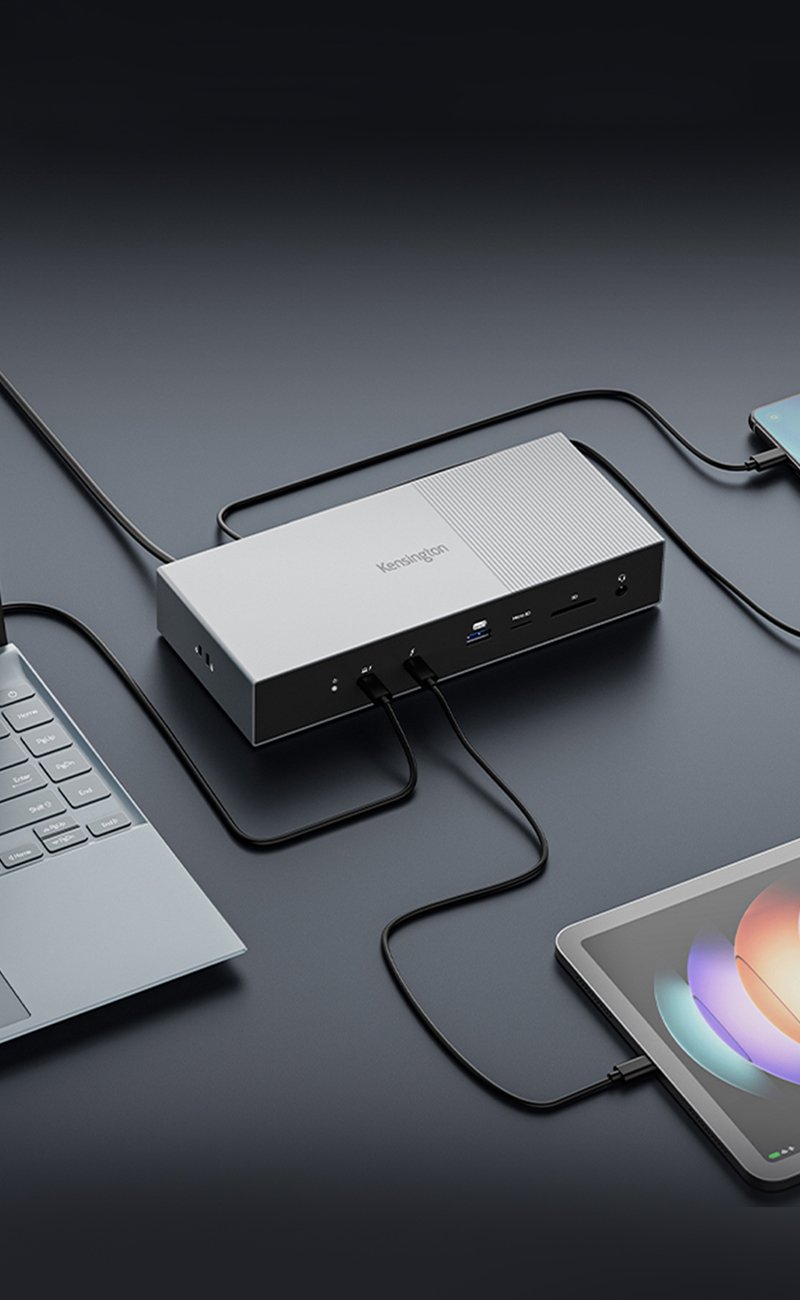Thunderbolt™ 5 Docking Station
Seamless multi-monitor setups, 80Gbps transfers, 120Gbps bandwidth boost, and 140W power delivery.
Shop Now

Seamless multi-monitor setups, 80Gbps transfers, 120Gbps bandwidth boost, and 140W power delivery.
Shop Now
Free Shipping on Orders $49+
澳洲幸运5开奖官网开奖结果号码 168澳洲幸运五开奖官网开奖结果-澳大利亚幸运澳洲5开奖历史查询开奖号码走势、彩票历史开奖记录 The Kensington EQ line represents a commitment to reducing our environmental impact without compromising on the quality and performance. Creating durable products that inspire customer confidence, Kensington’s EQ range is designed using more sustainable materials, empowering you to make more informed choices.
全新的澳洲幸运5开奖官网开奖号查询 168幸运5开奖结果历史查询 澳洲幸运5开奖官网结果记录 澳洲幸运5彩开奖结果号码 Biometric authentication methods have emerged as a convenient and secure alternative in the digital age, where passwords can be forgotten, stolen, or hacked.

